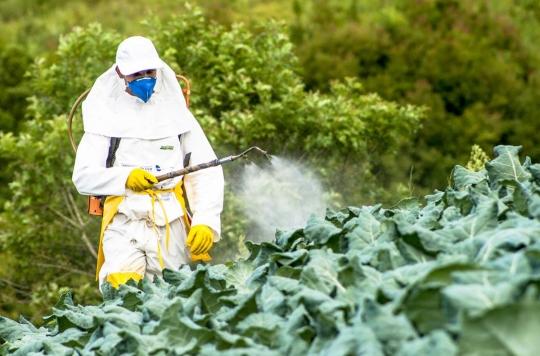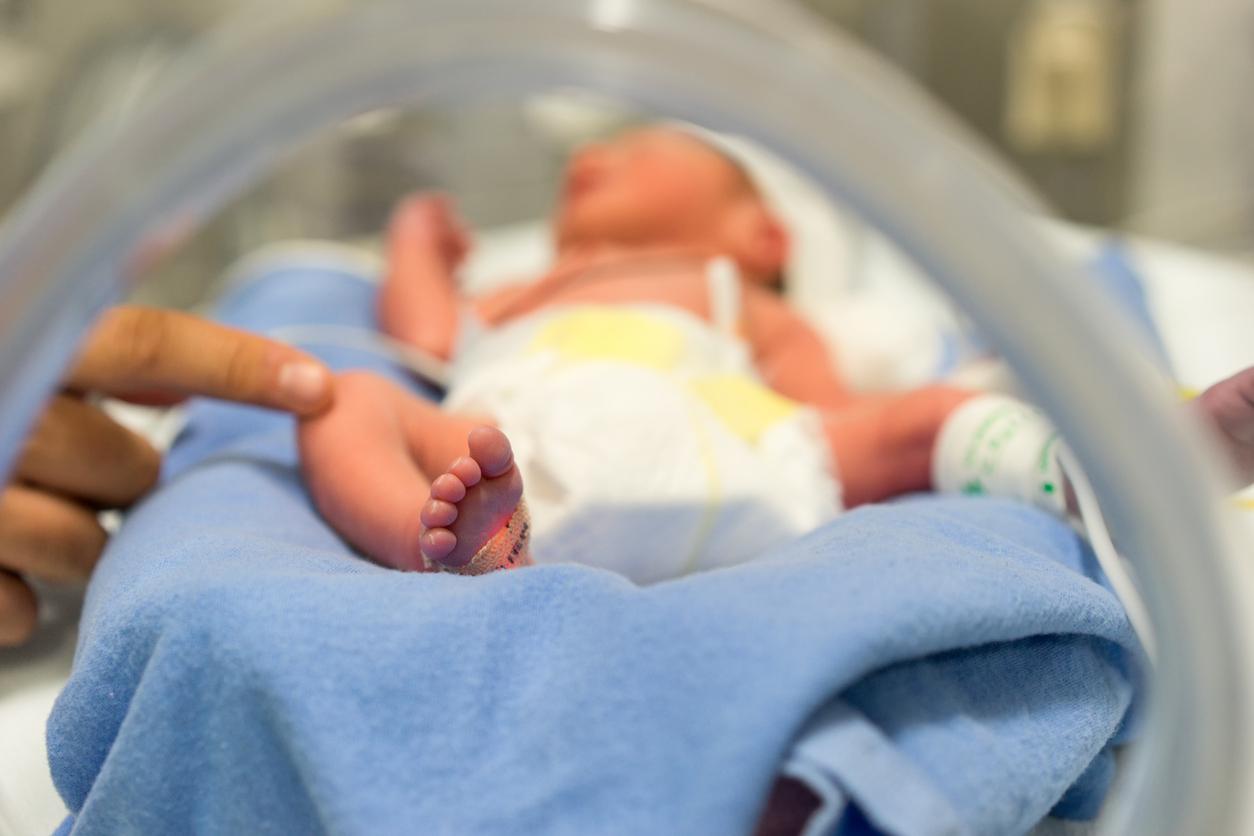The exposure of the fetus to common pesticides (including glyphosate) during pregnancy, and of the newborn in the first year of life, has just been associated with an increased risk of autism, in particular of its most severe form. serious.

Exposure to agricultural pesticides before birth and in the first year of life is associated with autism risk, according to a new study published in the BMJ. Previous data had already suggested that pesticides could affect brain development. However, research looking at real-world pesticide exposure to children is sparse.
11 commonly used pesticides
Californian researchers therefore used the medical records of 2,961 patients who had been diagnosed with autism – including 445 with intellectual disabilities – and 35,370 healthy people of the same year of birth and same sex. All members of the cohort were born between 1998 and 2010 in a valley in central California, a very agricultural region.
Prenatal and infant exposure to 11 commonly used pesticides in this geographic area was then assessed. The researchers then found a slight increase in the risk of autism in children exposed before and after birth to several pesticides, such as glyphosate, chlorpyrifos, diazinon, malathion, permethrin, bifenthrin and methyl bromide. This association was stronger in people with autism and intellectual disability, which represents the more severe end of the autism spectrum.
Need to avoid prenatal and infant exposure to pesticides
For the scientists, their study is by far, to date, the most important ever carried out on the subject, and their results support previous work in this field. “Our results indicate that autism risk may increase with prenatal and childhood exposure to several common pesticides, which impacted neurodevelopment” in children, they write. Their findings “support the need to avoid prenatal and childhood exposure to pesticides to protect the developing child’s brain.”
Difficult to diagnose, “Autism Spectrum Disorders” (or “ASD”) are characterized by qualitative alterations in social interactions, communication problems (language and non-verbal communication), as well as behavioral disorders corresponding to a restricted, stereotyped and repetitive repertoire of interests and activities. The associated disability is variable, ranging from mild to severe. It is almost always associated with learning difficulties.
“Epidemic”
In recent years, the frequency of autism is steadily increasing worldwide. Since the 2000s, it has gone from 5 children per 10,000 to one child in 100, to the point that some specialists speak of an “epidemic”. In France, autism is diagnosed on average between 3 and 5 years old, which is too late, according to the Haute Autorité de Santé.

.















